News of Cafritz Art Library Closing: Controversy Ensues
Is it worth keeping after all?
Photo credit, Okole Bashonga
Claudia Rousseau, who is an art history professor, explained that the art library’s hours of operation overlapped with the times that art students must be in their studio classes. The interference resulted in the art library becoming underutilized.
The Cafritz Art Library is now officially closed.
This decision to close the art library was made after it had recently been found that the area is primarily being used for its computers and a place to study. According to Tanner Wray, who is the director of library and information services, library spaces are regularly studied by the Montgomery College Library system to ensure that student needs are being met, and so they can undertake any arising issues.
“This tells us that the space doesn’t have to be a library to meet the needs of the majority of users,” said Wray in an interview last semester. “The space can be redesigned to serve students better than it does currently.”
But not everyone is gung-ho about the transformation.
Art history professor, Claudia Rousseau, is understandably heartbroken about the changes that are being made to The Morris and Gwendolyn Cafritz Foundation Arts Center.
When the Maryland College of Art and Design integrated with Montgomery College in the fall of 2007, the initial deal was that the building would include studio classrooms with equipment for various studio subjects, computer rooms for digital studies, a lecture hall for art history courses, an art supply store, and an art library.
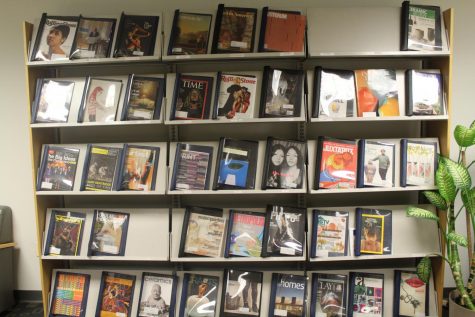
Students will still be able to access the art library resources in the main library located in Resource Center.
“I am extremely unhappy about the closing,” Rousseau said. “When the foundation gave the nearly $4 million grant to the arts center, the agreement was that it would be just that.”
Library-specific activities are things such as checking out or using materials, or asking the librarian questions. In 2017, there were no in-depth reference questions asked, and less than 4 percent of the items checked out of all MC Library locations were checked out of the Cafritz Art Library.
“Looking at the data, it becomes clear that this move will affect a relatively small number of users,” said Wray. “Because only these library-specific functions, which are utilized by a small number of users, will be removed.”
But apparently, one reason the art library became so obsolete, was because of the senseless hours. Rousseau pointed out that the Cafritz Art Library was open when art students had to be in their studio classes, and closed when students were free.
“Our studio classes tend to run between 8 a.m. to 3 p.m. or 9 a.m. to 4 p.m.,” she explained. “If the library is open from 8 a.m. to 4 p.m. Monday through Friday, when are our students supposed to use it?”
Rousseau has expressed her disfavor of the hours to the heads of the libraries numerous times. Unfortunately, no one ever did respond.
This past summer, the art store in the Cafritz Foundation Arts Center was closed — without warning — much to the dismay of Rousseau’s students. Now, with the art library being taken away, their academic success is sure to suffer a great deal with the additional hindrance.
Although all the materials in the Cafritz Art Library have been redirected to the main library located in the Resource Center for continued access to compensate those affected by the closing, there will still be some impediments. For one, the Resource Center library is a lengthy distance from the Cafritz Arts Center. Not to mention that traveling over the bridge can be potentially dangerous after dark and in inclement weather.
“The closing of our library shows a fundamental lack of interest and support for the arts on this campus,” said Rousseau.
According to web services and communications librarian, Anne Briggs, art library resources in the Resource Center have been organized by subject in open stacks, as they were in the Cafritz Arts Center, for easy browsing. Moreover, the art library’s course reserves service — an option that allowed people to put course materials such as textbooks and articles on hold — will continue to be available there.

Tiahara Bennett is a journalism major who loves writing, fashion, and music. She also has a hella good handwriting. After college, she would like to work for a news station or a newspaper.



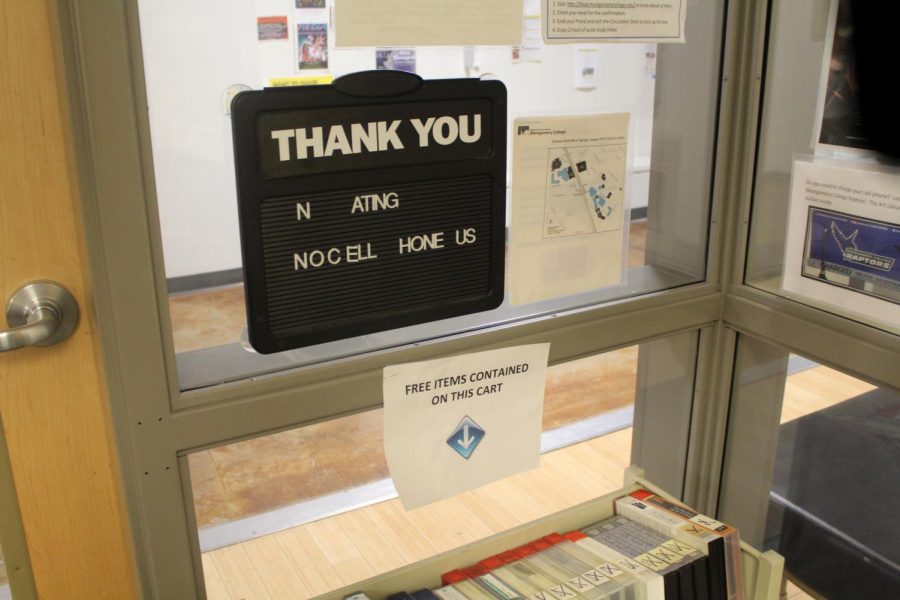

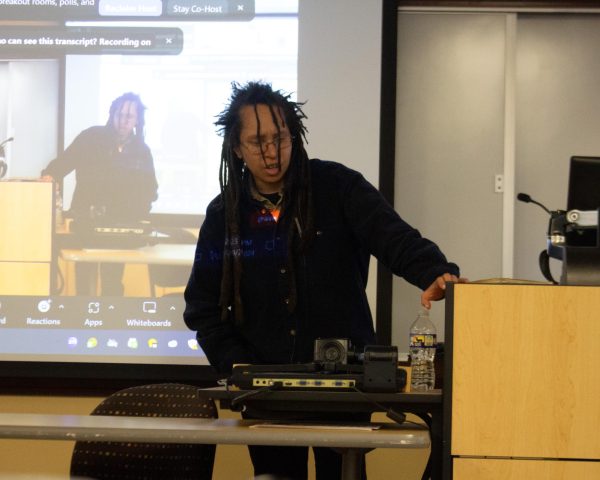
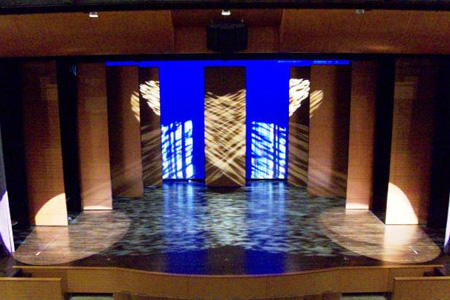
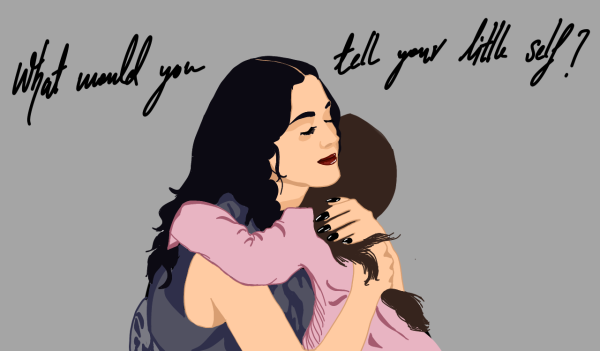


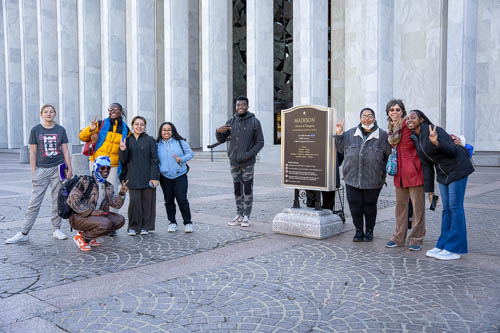


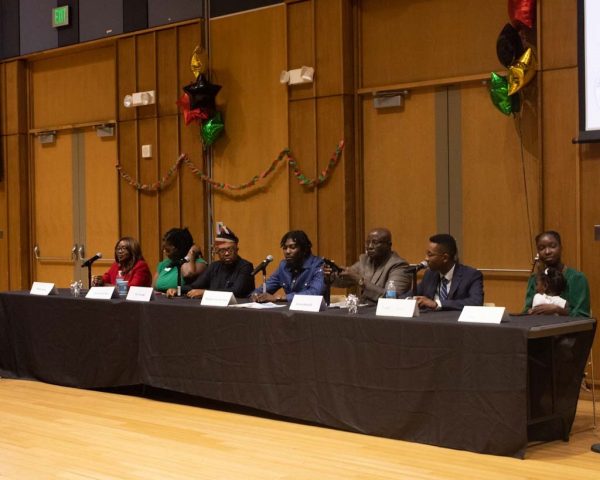

Tina Bennett • Feb 10, 2019 at 8:40 pm
Excellent Article, though very sad that this is the way things have evolved… In the age of audio books to be read on a private laptop, there is no longer the same necessity for a Library. I understand that the Library became underutilized, but I side with Prof. Rousseau that to have closed the Library is a disservice to MC Students! For many, I’m sure it was much more than a mere “House of Books”. I’m sure it became a quiet haven to study, read, even Create… away from noisy roommates and any other possible intrusions… My concern is that it didn’t appear that there was a true concerted effort made to keep the Library open and accommodate the MC Students with a more flexible schedule. I know it was challenging, but as Prof. Rousseau expressed, we just need more folks to care about what really matters… Well that’s my 2 cents! A Concerned Parent!